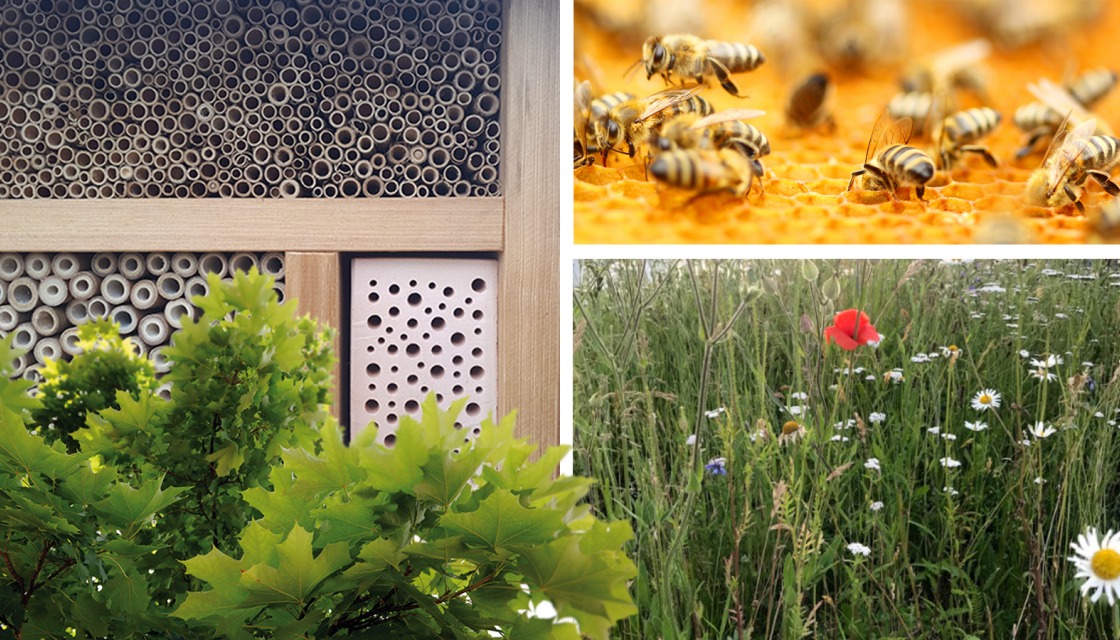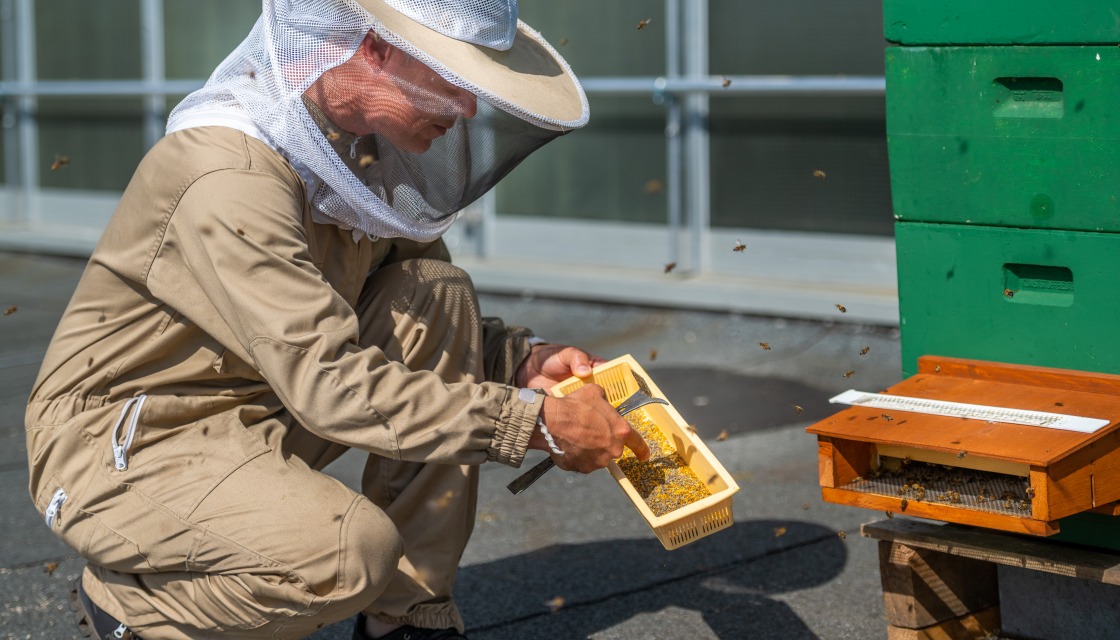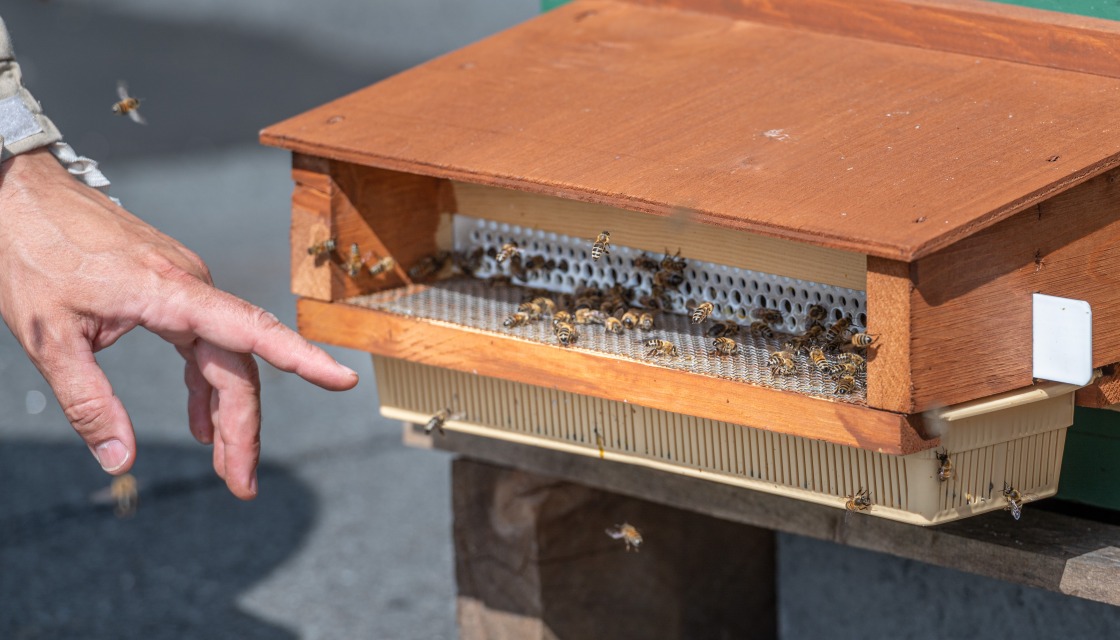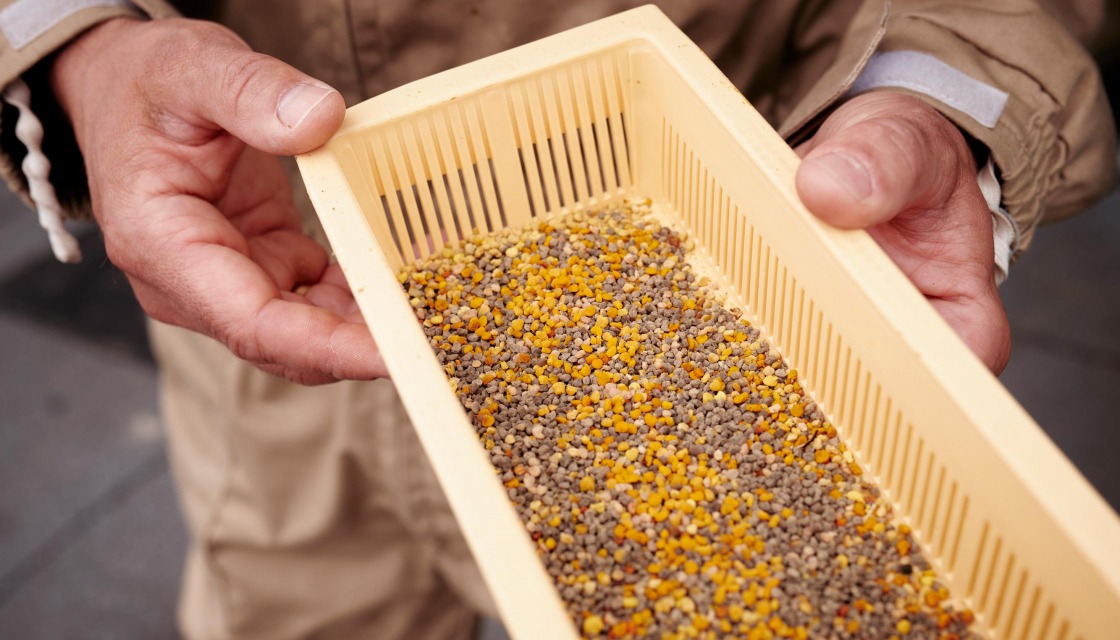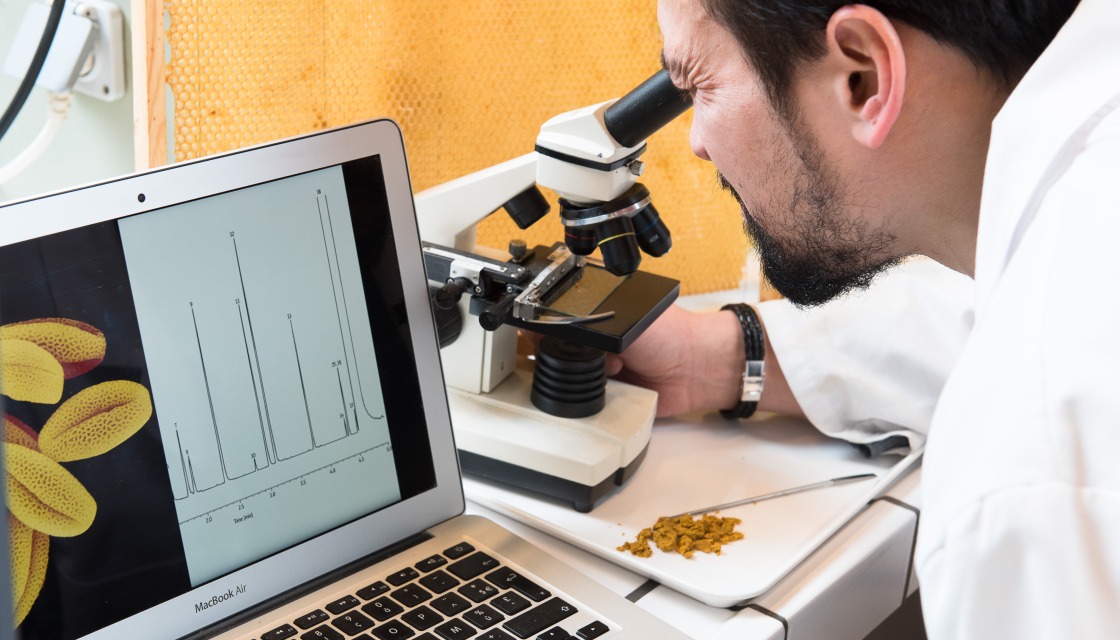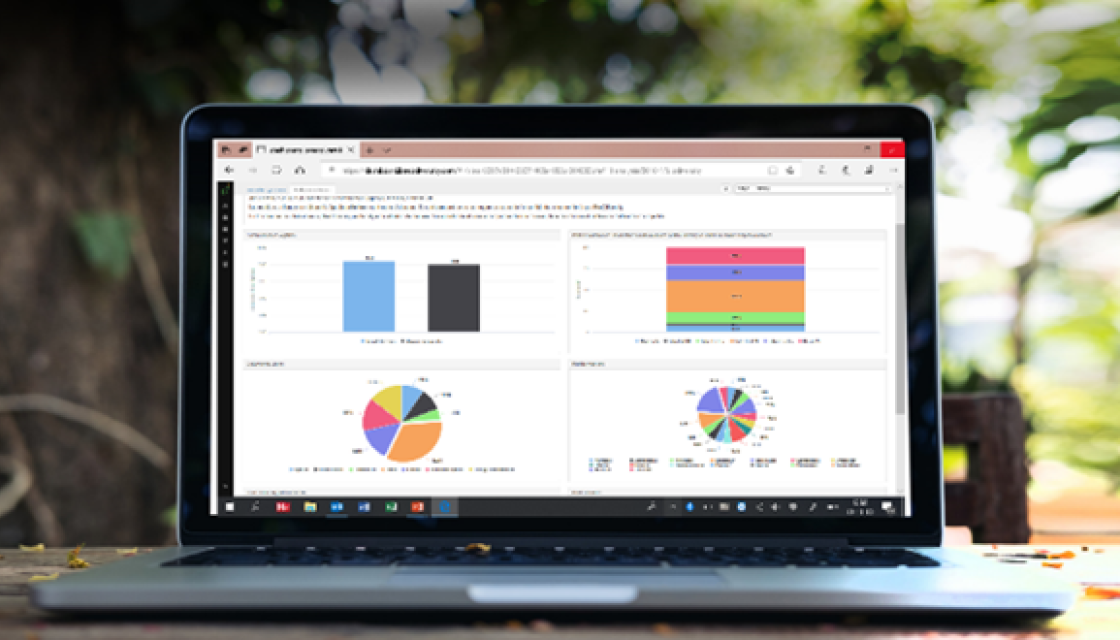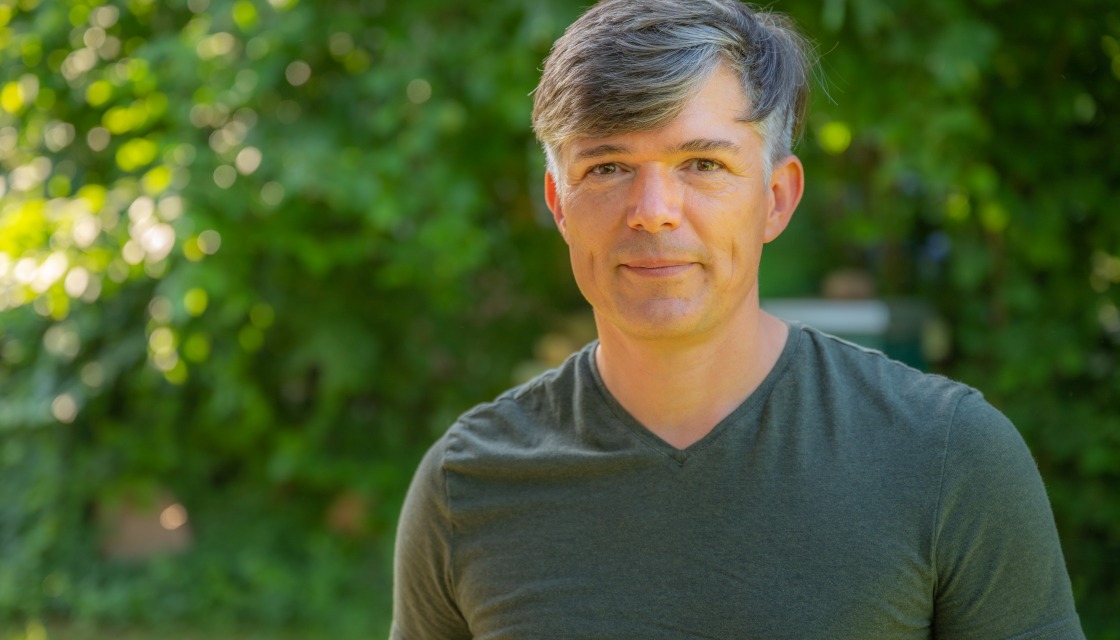Siemensstadt Square - New living spaces in the middle of a metropolis with millions of inhabitants
In line with our comprehensive sustainability concept, Siemensstadt Square will create space in the middle of Berlin, a metropolis of millions, actively shaping new living spaces, for people and nature.
-
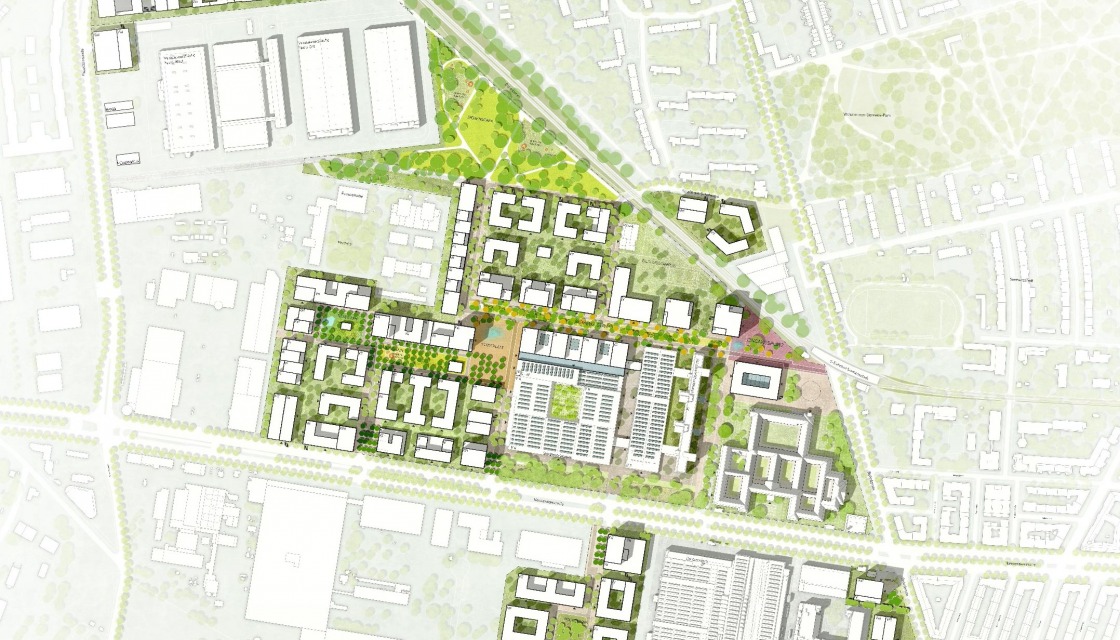 Create spaces
Create spacesTo enable biodiversity, you need as many green open spaces as possible. Siemensstadt Square already creates these in the basic concept. Open spaces can be used simultaneously - coordinated by intelligent, digital guidance systems - by the various user groups. The classic separation into footpath, cycle path and road is no longer necessary; they are superimposed. Cars are largely banned from the area. Siemensstadt Square ticks to the rhythm of pedestrians and cyclists. This creates free space and calm.
-
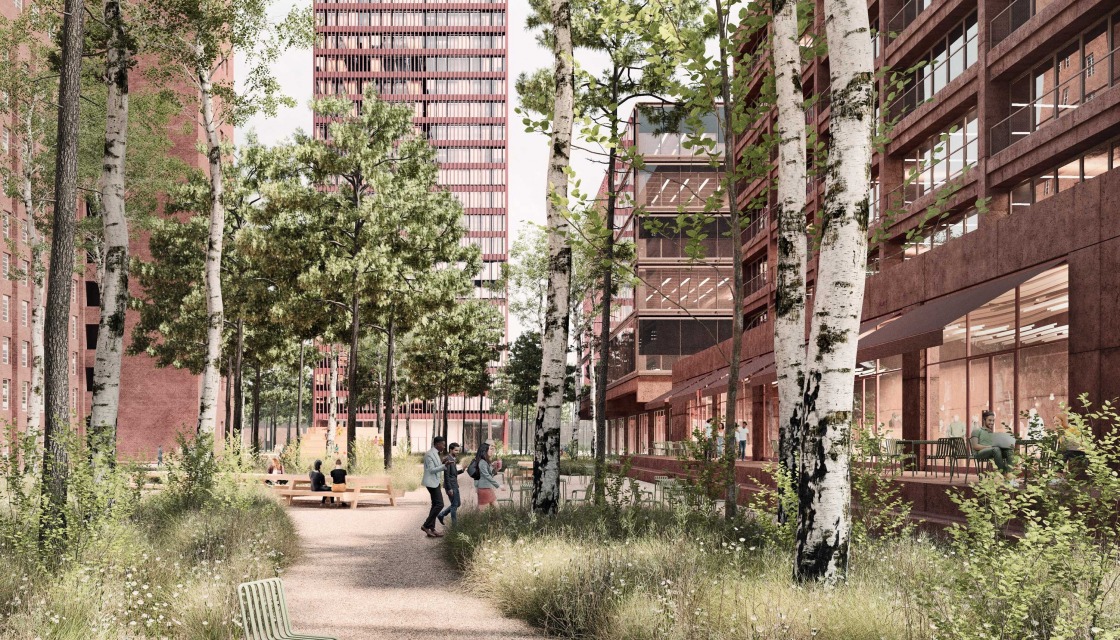 Allow urban nature
Allow urban natureWater-impermeable materials are avoided. The interconnected green spaces follow - where possible - a near-natural pattern. Nature and city are allowed to grow together and be experienced as diverse urban nature.
-
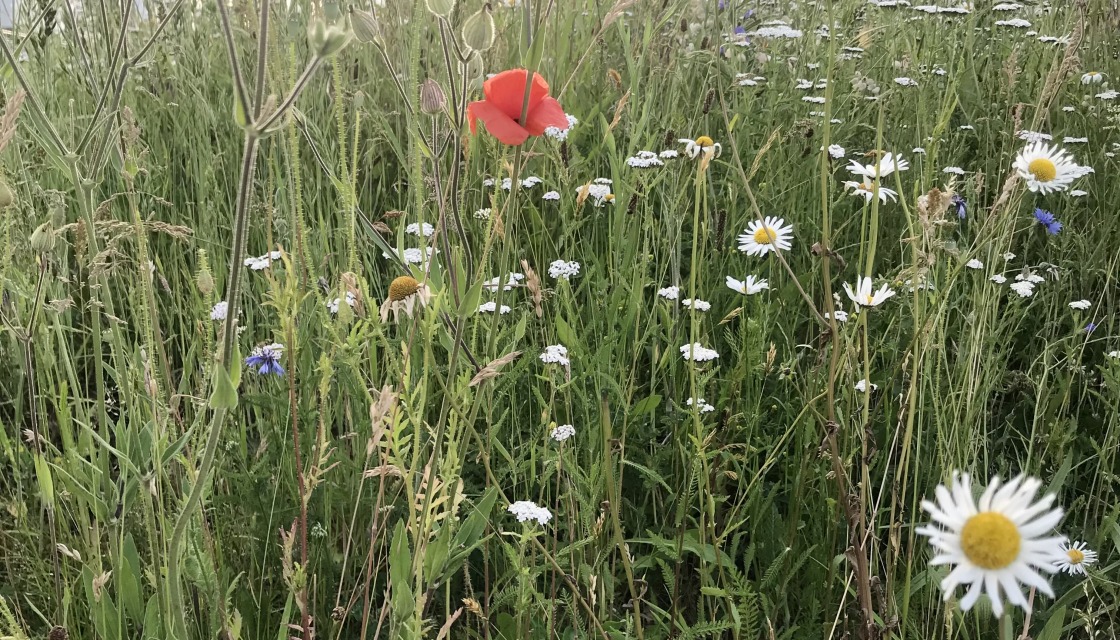 Shape ecosystems
Shape ecosystemsIn this context, the buildings see themselves as a bridge between natural spaces. New vegetation is created with greened facades and roofs. The selection of native and adaptable plants provides diverse habitats. An efficient ecosystem creates the new identity of Siemensstadt Square.
